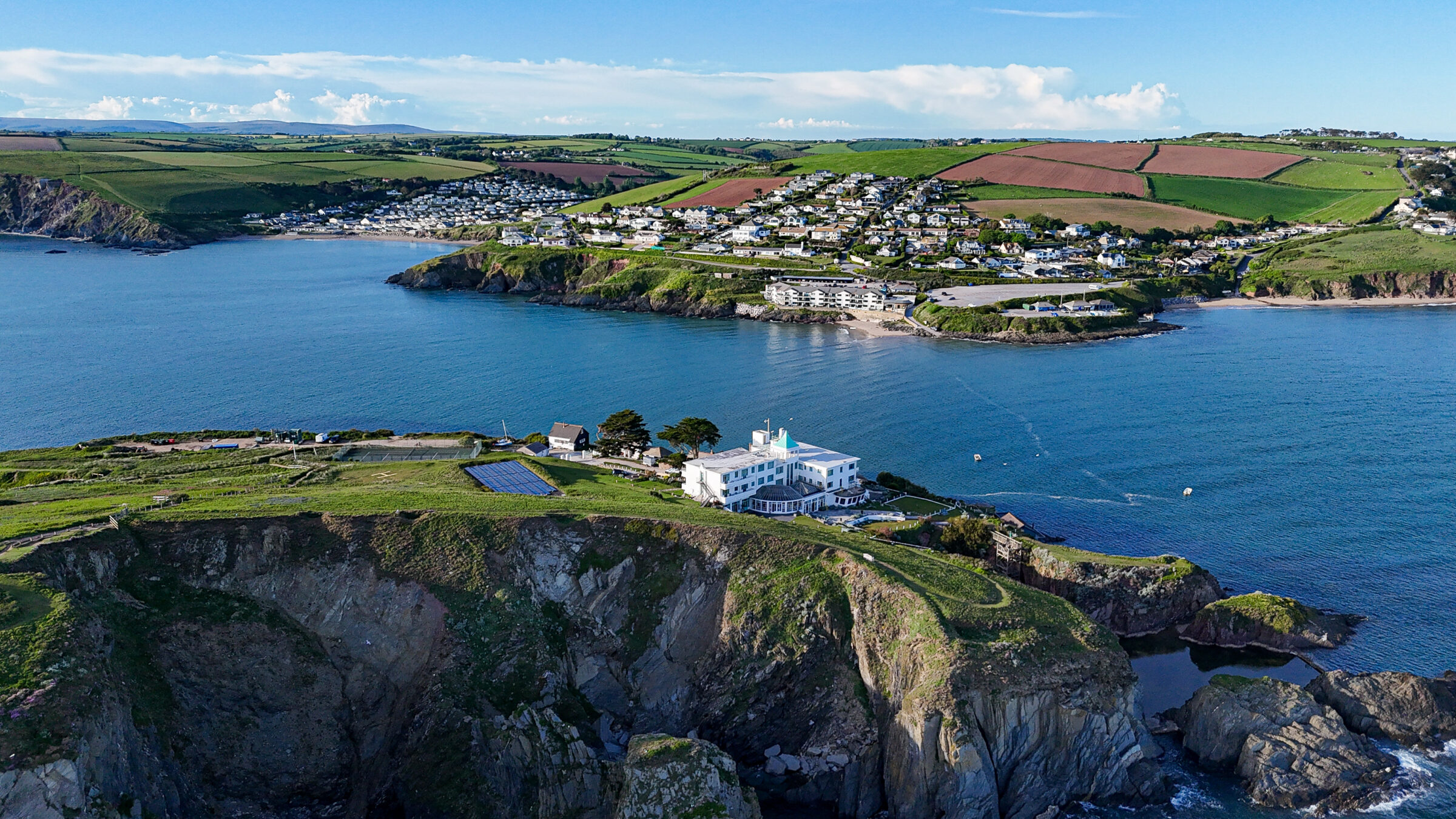The South Coast of England is one of the country’s most beloved and iconic regions: a stretch of coastline that sweeps from the chalky cliffs of Kent to the rugged coves of Cornwall. Fringed by the English Channel, this diverse area is known for its mild climate, dramatic seascapes, and centuries of coastal culture. Whether you’re drawn to the quaint elegance of historic seaside towns, the call of golden beaches and cliff walks, or the rich literary and maritime history, the South Coast delivers it all in a truly unique style.
Running through counties such as Kent, East and West Sussex, Hampshire, Dorset, and Devon, the South Coast is home to two Areas of Outstanding Natural Beauty (the South Downs and South Hams), two UNESCO World Heritage Sites (including the Jurassic Coast), and a constellation of charming coastal communities. From the pastel-fronted promenades of Brighton to the fossil-strewn shores of Lyme Regis, and the sailing harbours of Dartmouth to the surf beaches of South Devon, the South Coast offers something for all.
Where is the South Coast?
The South Coast of England stretches along the southern edge of the country, bordered by the English Channel to the south and extending from the Bristol Channel in the west to the North Sea in the east. This coastal region includes a variety of landscapes, from rugged cliffs and sandy beaches to charming seaside towns and historic ports.
The South Coast is often divided into several counties, with notable areas including:
- Devon: Known for its dramatic coastlines, iconic beaches like Bigbury-on-Sea, and the picturesque South Hams area.
- Dorset: Famous for the Jurassic Coast, a UNESCO World Heritage Site, and beautiful seaside towns such as Lyme Regis and Weymouth.
- Hampshire: Featuring the New Forest, coastal towns like Southampton and Portsmouth, and the Isle of Wight.
- Sussex: With vibrant cities like Brighton, charming coastal towns like Eastbourne, and stunning spots such as Beachy Head.
- Kent: Known for the White Cliffs of Dover, Canterbury, and its access to mainland Europe via the Channel Tunnel.

